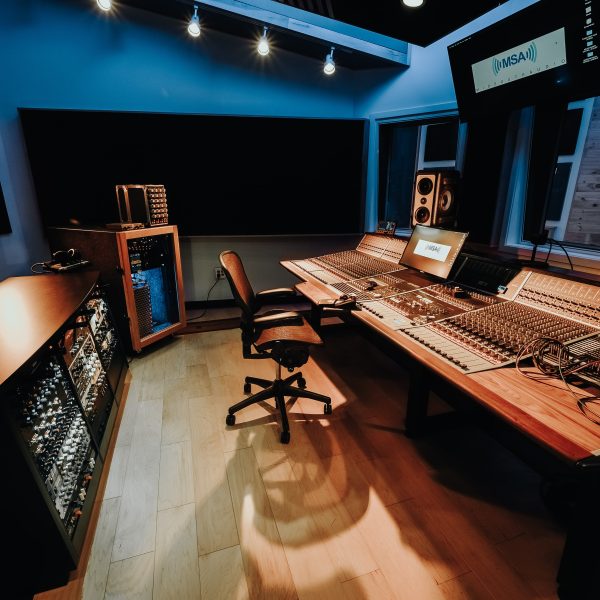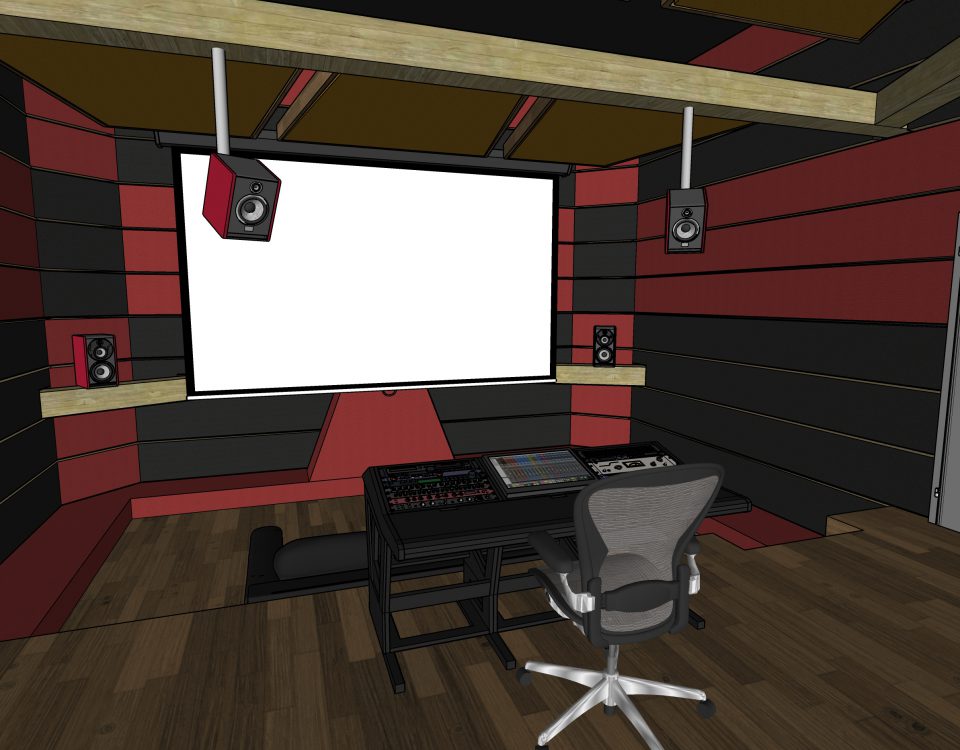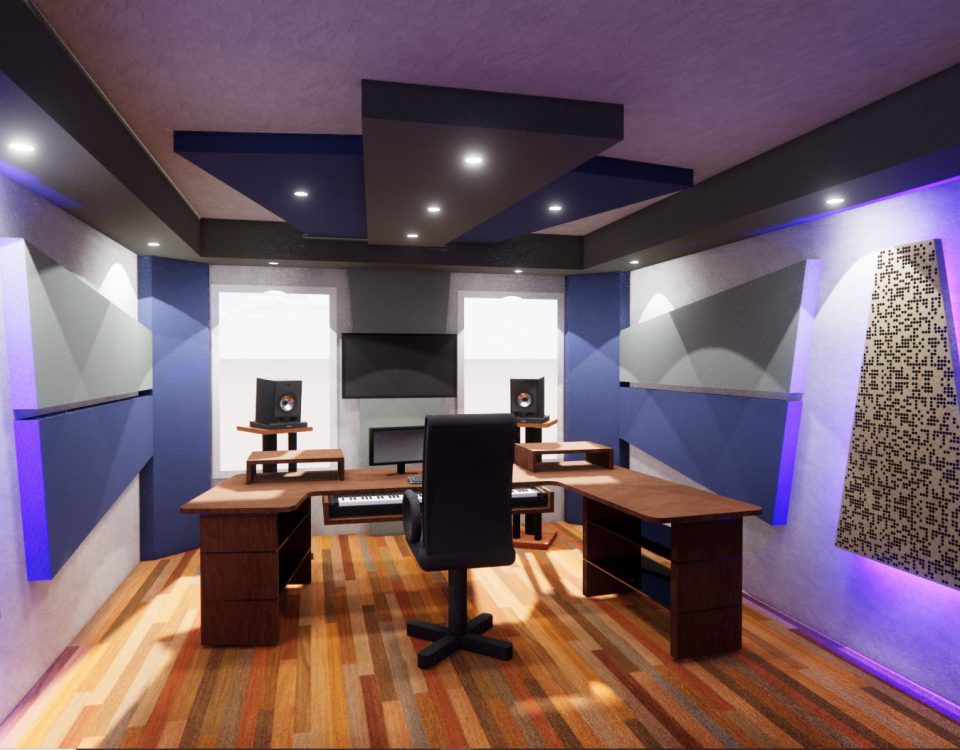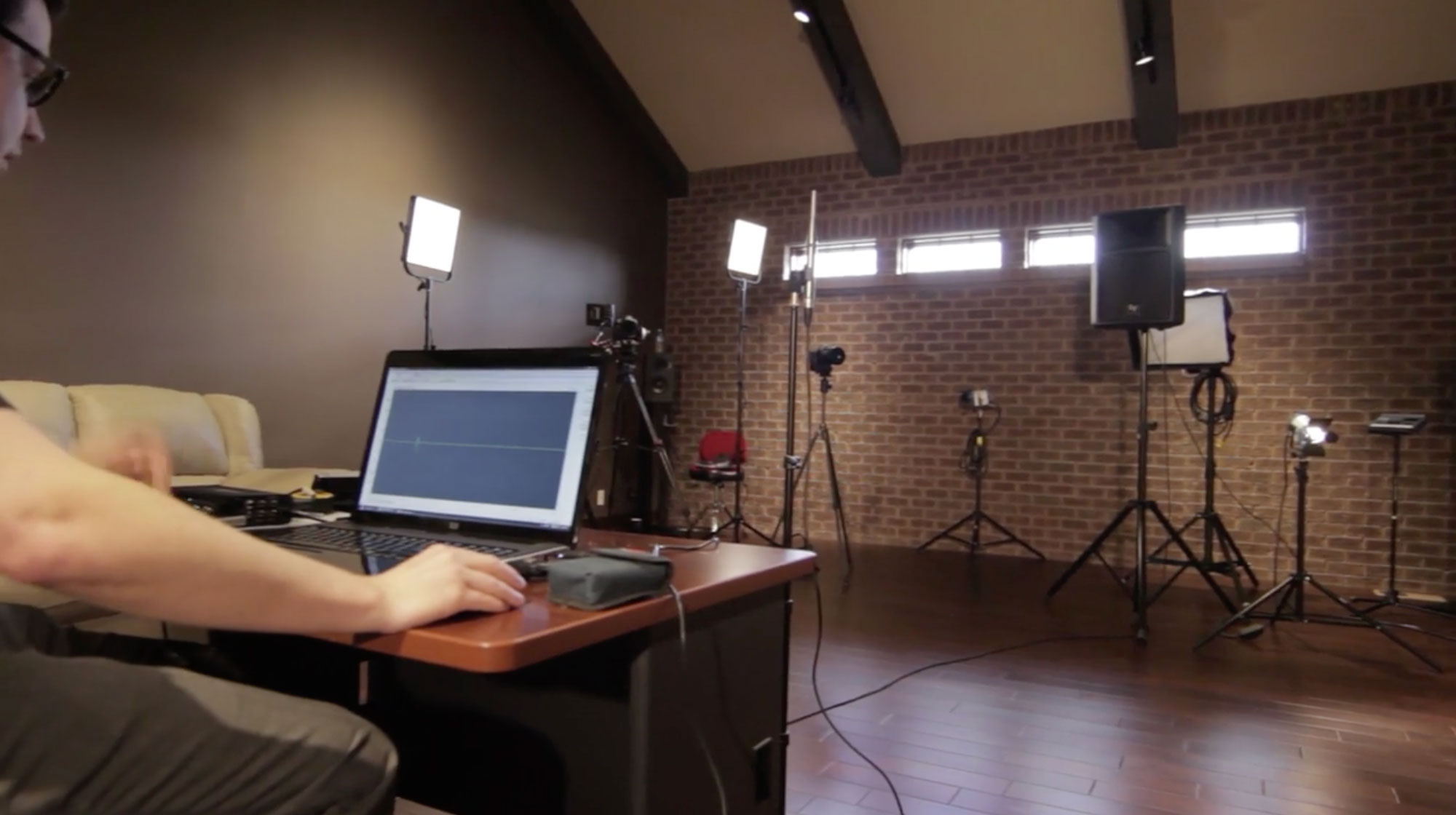
Acoustical Testing: Defining the Problem
April 30, 2018Top 5 Acoustical Issues in Houses of Worship and How to Solve Them
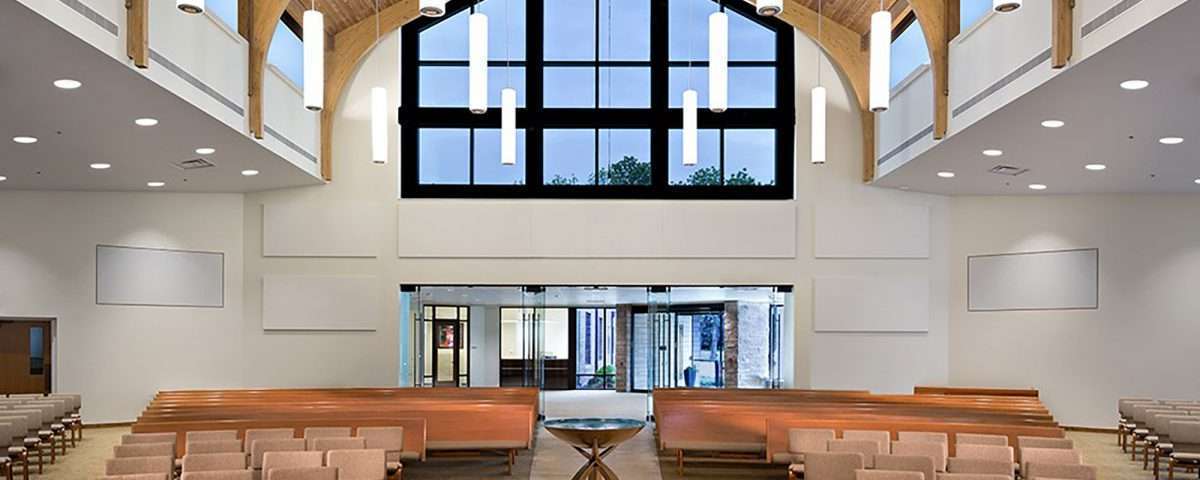
Arguably, the single most important goal of any worship service is to communicate the message. Through thoughtful sermons, awe-inspiring architecture, transcendent musical performances, congregational singing and moments of introspection and prayer, churches strive to positively impact people’s lives and to spread the word.
What if the congregation couldn’t understand the words of that amazing sermon due to excessive echo? What if that well-performed praise song isn’t moving the audience because they are focused on how harsh or loud the room sounds? In many churches, the acoustical environment can be the difference between someone receiving the message or leaving unfulfilled.
Even with the world’s best sound system, the quality of sound will be limited by the physical space in which the system is being used. Room acoustics can either assist you with communicating the message or become an obstacle.
In this article, we will discuss the top 5 acoustical issues that affect the performance of a worship space and ways they can be solved. By addressing some or all of these problems, it will be much easier to communicate the message effectively.
Issue #1: Excessive Reverberation
Reverberation Time (RT) is defined as the time it takes for sound to decay by 60 decibels (dB). Typically, having a long RT will result in music lacking clarity and speech being difficult to understand. Given a room’s physical volume and application, one can determine the ideal RT for that space. For speech applications, the target RT is typically shorter than what would be best for music applications. Since most worship services blend both speech and music, it is important to select a target RT that both improves speech intelligibility while aiding one’s worship experience through song.
RT is frequency dependent. The size/shape of the room and the surface materials involved (carpet vs. tile, concrete vs. drywall, padded chairs vs. wooden pews, etc.) will have a huge impact on the RT across the frequency spectrum. In some rooms, the low frequency RT might fall between 2-4 seconds while the mid/high frequency RT could be in the 1-2 second range. This imbalance can cause a room to sound too “boomy” or “muddy” and really make it difficult to communicate effectively.
Solution:
Proper selection of absorptive, reflective and diffusive surfaces in a room will help to bring the RT to an acceptable level. Fabric-covered fiberglass panels help absorb energy and will bring the RT down, while diffusion elements scatter sound to reduce harsh reflections and retain some liveliness in the room. A common approach is to absorb energy that is coming from behind the audience due to reflections off the rear wall and to scatter or diffuse lateral reflections from side walls. The thicker the absorption panels are, the more effective they will be in the lower frequency range. At minimum, 2” thick panels should be used, but some rooms require additional low frequency absorption where 4” panels and barrel diffusers are needed. The more absorption that is added, the more controlled or “dry” the room will sound. Be careful to not add too much absorption because speech intelligibility could actually get worse in some locations, and the congregation could be less likely to participate in singing due to the fear that everyone around them will hear their voice. For best results, it is recommended that churches consult with a professional before purchasing acoustical treatment to ensure that the correct materials are used and they are placed in the most effective locations.
Issue #2: Slapback or Flutter Echo
Distinct echoes can be a distraction to the audience and for those presenting or performing on stage. The way that we hear as humans, we sum together the reflected energy that arrives within approximately 70 milliseconds of the direct sound coming from a speaker system, instrument or someone’s voice. We are not able to discern or ignore a reflection that happens in short succession with the direct sound – we just think that is what the source sounds like.
When a reflection arrives back at your ear outside of this 70-millisecond window, your brain hears that reflection as a separate sound source. If the rear wall or balcony face is left untreated, these reflections, called slapback echoes, can often be heard while clapping, speaking or hitting a snare drum on the stage. Sound travels at a constant speed (approximately 1.13 feet per millisecond), which means that if the rear wall or balcony face is more than 30 feet away, you are likely to hear distracting slapback echoes, which can alter the timing of a musician or test the focus of someone speaking or listening in the room.
Flutter echo is defined as a rapid series of echoes originating between two parallel surfaces. You may have heard this before if you have stood between two parallel, reflective surfaces and clapped your hands. It sounds similar to a ping-pong ball bouncing back and forth. This type of echo can also be very distracting.
Solution:
Slapback echoes are normally addressed by adding absorption material to the offending surfaces – typically the rear wall and balcony, which directly faces the front of the stage. Flutter echoes can be handled with absorption or diffusion and can be chosen depending on the impact the chosen material will have on the overall RT of the room. If you are building a new facility, creating a fan-shaped room where the room is wider at the rear of the room than at the front will help reduce flutter if the side walls are angled at least 6 degrees each.
Issue #3: Stage Volume/Resonance
When a praise band is added to a worship service, the noise from the stage can be problematic if not controlled properly. Sound sources can reflect off of the stage walls, ceiling and floor and bounce back into the audience. This can result in the sound being too loud or harsh for members of the congregation and can cause issues for the Front of House engineer as the stage noise fights with the PA system.
Stages are often built so that the area below the stage is hollow. Guitar amplifiers, drum kits, subwoofers and other vibration sources can vibrate the stage and cause a resonance that can extend certain frequencies over time in the room. This hollow, resonating cavity is essentially like having another kick drum in your system that doesn’t have a fader assigned to it allowing you to turn it down.
A loud and resonant stage can also make it difficult for musicians to hear their instruments clearly, which can lead to them wanting to turn up their amps or play louder.
Solution:
Moving towards a “quiet stage” setup (in-ear monitors, drum shields, electronic drums, etc.) is a great way to reduce stage volume and is highly recommended. If a quiet stage is not in the cards, it would be beneficial to use absorption panels to reduce reflections from the front and wing walls of the stage.
The stage resonance issue can be tackled in a few ways. Adding insulation material inside of the hollow cavity will limit the ability for it to resonate. It is similar to adding a pillow inside of a kick drum. Another step you can take is to cut out vibrations at the source by decoupling amps, subwoofers and drum kits. Isolation platforms placed underneath these vibration sources act like shock absorbers to limit the amount of energy that gets into the hollow stage.
Issue #4: Frequency Imbalance
Some rooms will have excessive low frequency energy while lacking in high frequency content, resulting in a bass-heavy, muffled sound. In other rooms, the low frequency range may be thin and lacking while the high frequency energy is too harsh and loud. Some of this is dependent on the sound system, but the room itself plays a big role in how balanced the sound is across the frequency spectrum. As an example, a room that has concrete walls, a carpeted floor and a drop-tile acoustical ceiling grid will struggle with imbalance because concrete doesn’t flex with low frequency waves. Combine this with the fact that thin carpet and ceiling tiles absorb mostly high frequency energy with little effect on low frequencies, and you have the perfect recipe for an unbalanced room that struggles with speech intelligibility and musical clarity. Swap out the concrete walls for standard drywall, and this room would perform in a vastly different way.
Solution:
Choosing surface materials that absorb sound energy evenly is crucial in the design phase of a room. For existing spaces, using the correct amount and distribution of absorption and diffusion panels can help to bring the room back into balance. For our example above, it would make matters worse to add 1” thick absorption panels to the room because that would increase the high frequency absorption without affecting the low frequencies. A combination of thick absorption panels and barrel diffusers (which scatter high frequencies while absorbing low end) can boost low frequency absorption, and some of the ceiling tiles could be swapped out for diffusion to bring life back to the room.
Issue #5: Sound Isolation
Exterior noises such as traffic, sirens, airplanes, rain noise, etc. can distract an audience and take their focus away from the message. The noise isn’t always coming from outside the building. Nearby nurseries, bathrooms and common areas can also contribute to the problem.
Solution:
Sound isolation is difficult to address after a building is completed because the solution often requires construction (adding mass and decoupling). If you are building a new facility, it is important for the walls, ceiling and floor of noise sensitive rooms to be properly designed to mitigate noise. If you are selecting a location for a new building, spend some time to understand potential noise sources that are nearby. Are there active train tracks close by? Is this property in the flight path for a major airport? Location is everything when it comes to isolation. Another thing to consider when planning a space is the location of noise sensitive rooms in relation to each other. Having air locks or vestibules between common areas and the worship space can minimize noise leakage when someone enters or exits the room. Try to place the nursery or youth rooms on the other side of the building.
In Summary:
Addressing the acoustical issues in your worship space can seem like a daunting task; but there are professionals out there who are willing to help, and tools that are cost effective and aesthetically pleasing. Clear, intelligible sound is possible with the right plan and execution. Once these acoustical issues that stand in the way are solved, it will be much easier to communicate the message.

